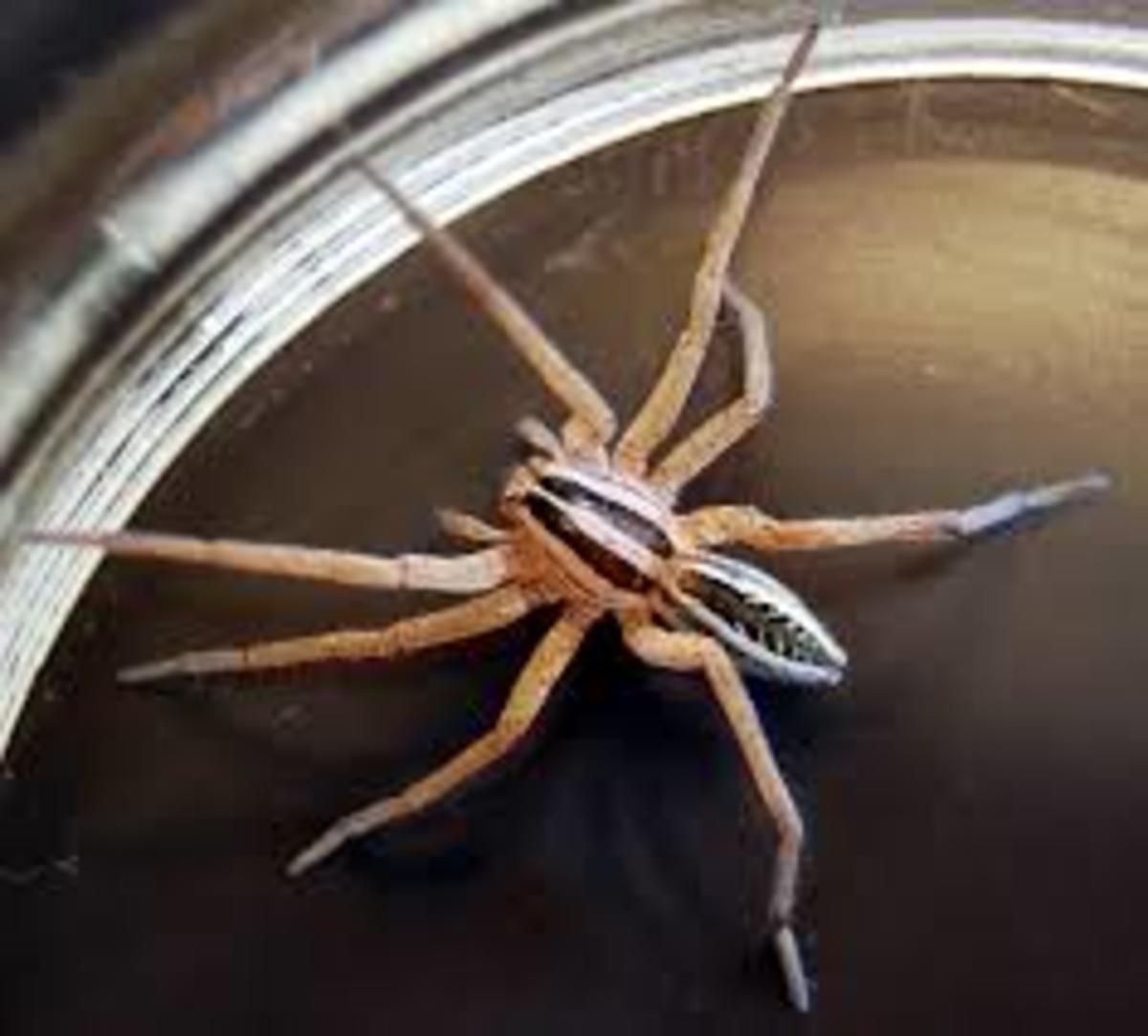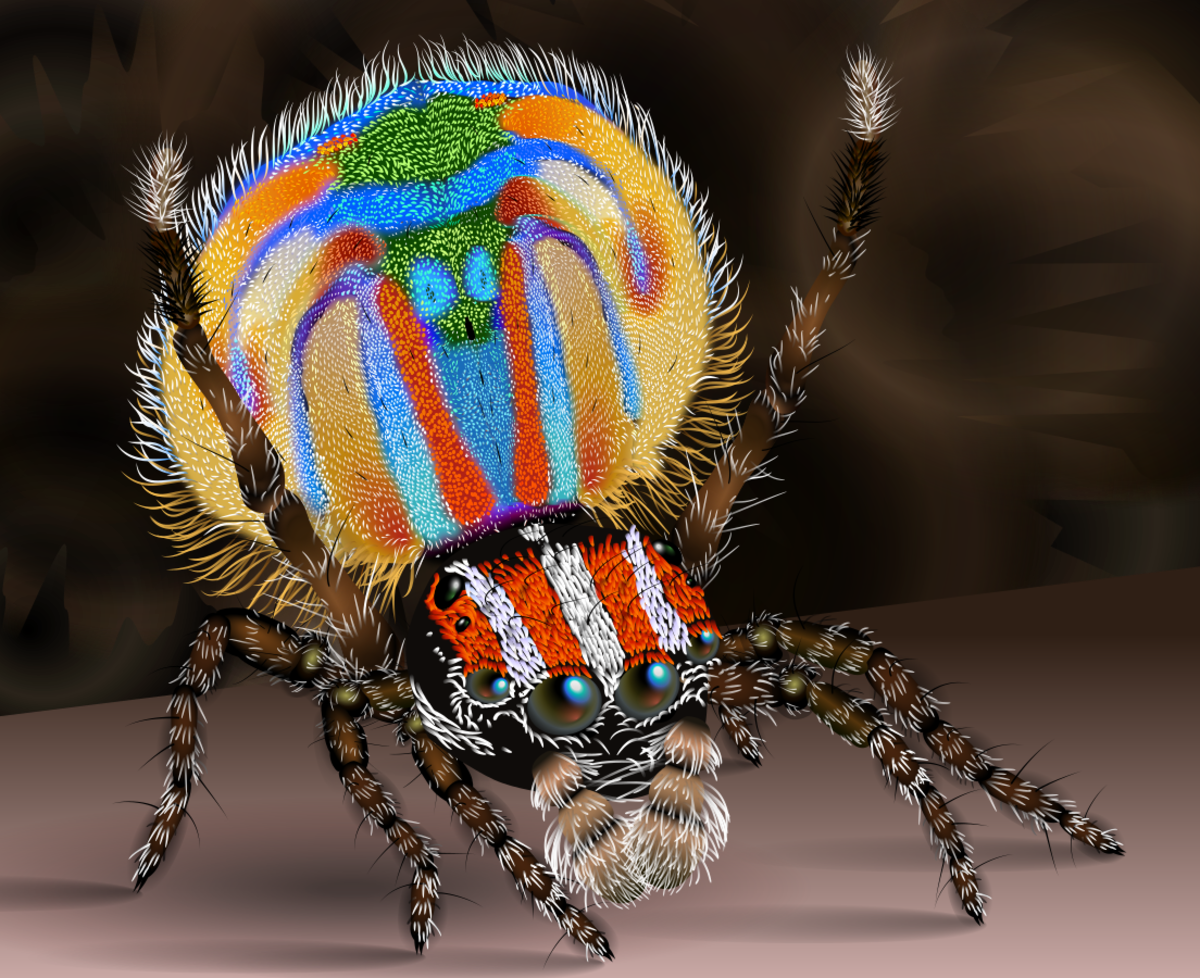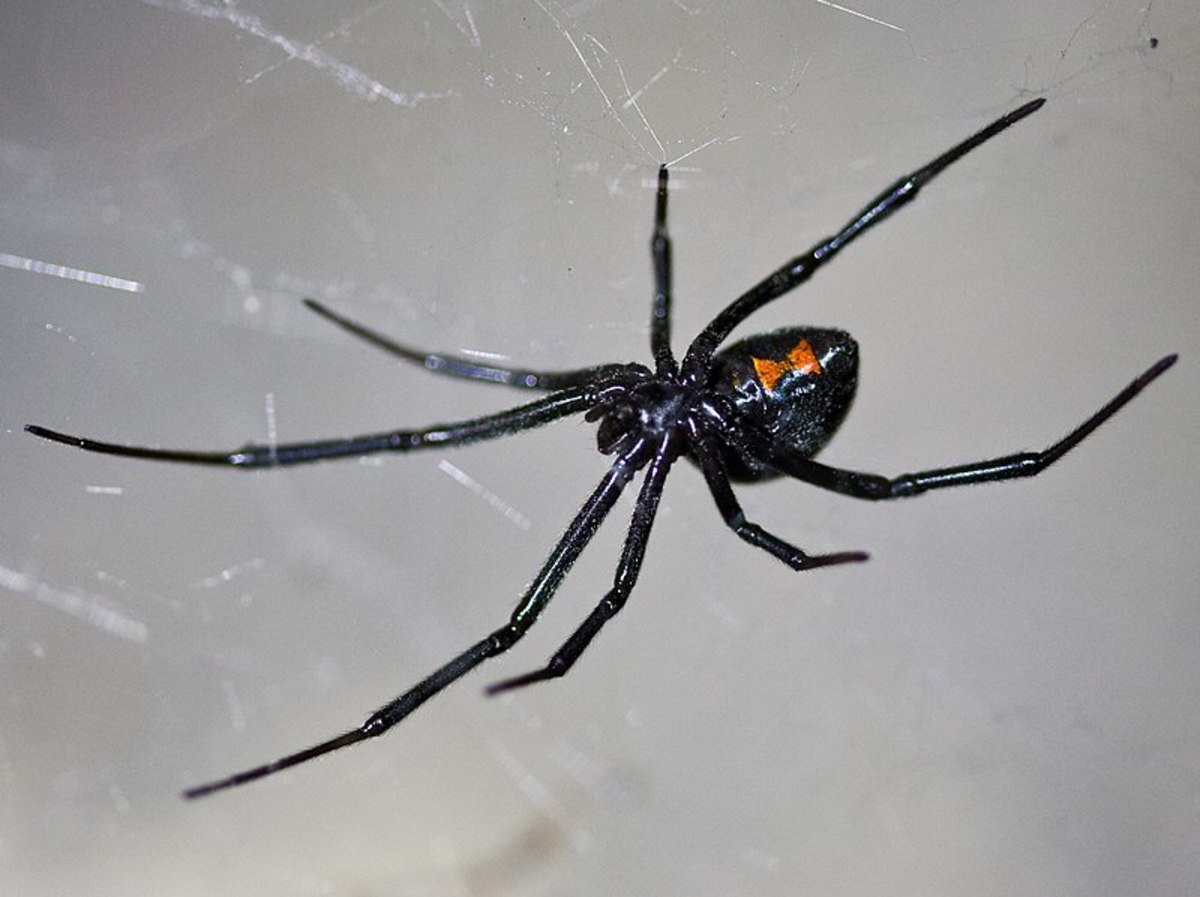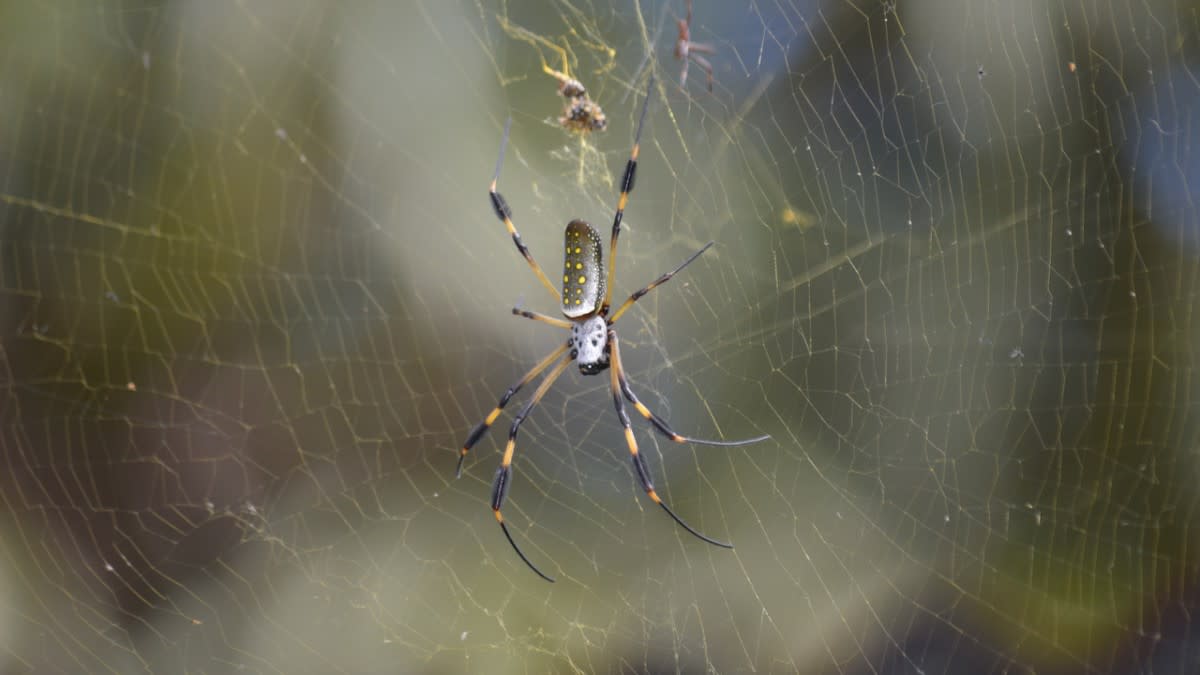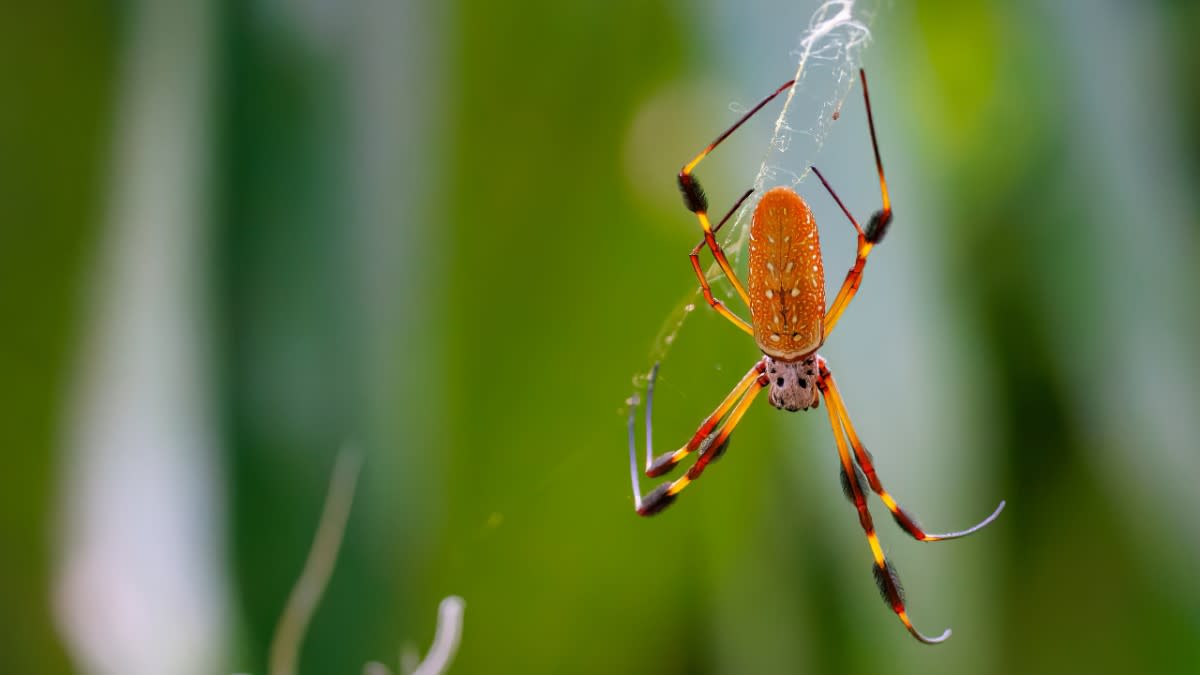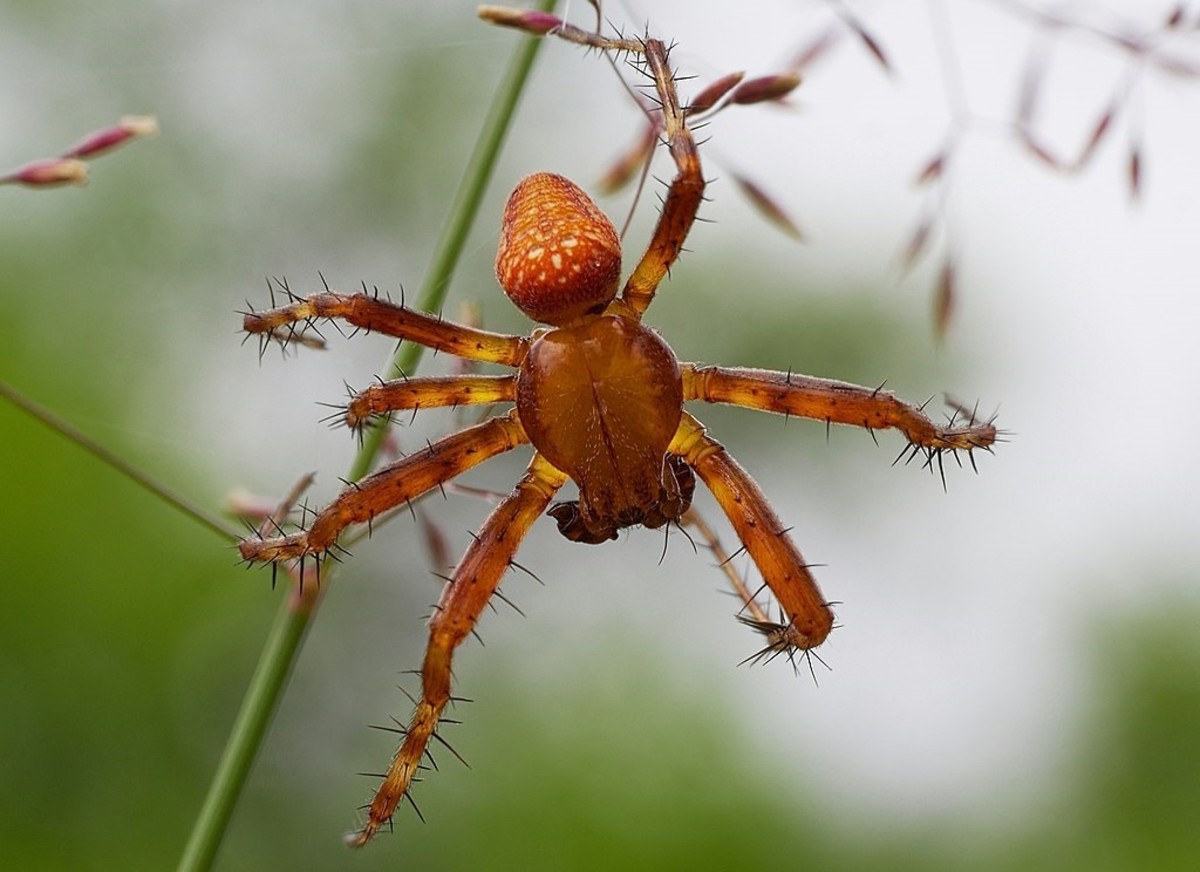- HubPages»
- Education and Science»
- Life Sciences»
- Entomology»
- Spiders & Arachnids
How to Keep Spiders as Pets
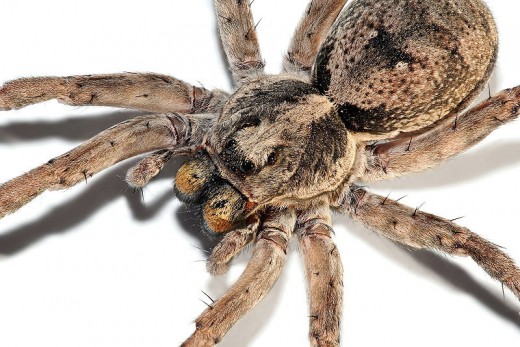
Spiders make excellent pets, especially for those who are gone long hours and don’t have time for more social pets, people with dog or cat allergies, or people who are looking for good first-time pets for kids. Many people may be thinking, “Spiders? As pets?!?! Surely you must be joking.” These are generally the same people who are running for the Raid every time they spot any variety of these fascinating eight-legged critters wandering around their home. Not only are spiders attractive pets, and some do very well with being handled, but they’re also extremely educational.
Where do I get a pet spider?
There are a number of options for acquiring your new pet spider. Some are available through breeders, and are even available online…but if you want a spider you can take out and play with, you’re probably better off meeting the spider in person before bringing it home. Pet stores will often carry a species or two of popular spiders, though you may have to talk to the owners of various stores in your area to find out exactly what is available or can be made available.
Alternatively, if you’re more concerned about the educational and/or visual aspect, you can catch spiders from the wild. Wolf spiders, daddy long legs, cat face spiders and more are fairly common throughout many parts of the world and are easy to keep as pets. While many will not hurt you if they’re handled, they are fast and can easily be lost or injured if you’re not careful. Wolf spiders are more aggressive and are known to bite – hard – if they feel threatened, and so most people who keep them opt not to touch them.
Housing
The size of housing you choose will depend on the species, habits, and estimated adult size of your pet spider or spiders. You’ll need to know if your spider is a web builder, and if so whether they build their webs in the ground or in high nooks, and you’ll need to become familiar with your spider’s activity levels and plan housing size accordingly.
For larger spiders, a 10-gallon aquarium with a wire mesh lid generally works very well for their housing. Smaller spiders do great with 5-gallon aquariums with a similar lid, solid plastic cages such as the ones commonly marketed for small rodents, or very small spiders can be kept in plastic “critter keepers” that generally range around ½-1G in size. If you have multiple smaller spiders that may end up hatching eggs, a piece of breathable fabric such as cheesecloth or organza over a wire mesh lid will ensure that the tiny babies can’t escape.
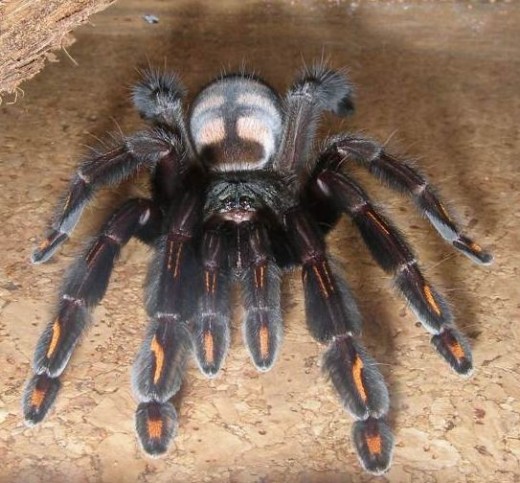
Feeding
Again, feeding type and frequency depends on the species of spider you’ve acquired. Many spiders will only eat live food and require crickets, flies, and other live insects to be delivered to them regularly. On the other hand, some spiders will take pieces of meat or other non-live foods, especially if they’ve been raised by a breeder who has regularly fed them non-live food. Larger spiders especially may require large amounts of protein that’s much easier to obtain if you don’t have to get live insects for them every time, or if you raise your own crickets for the spider’s consumption.
Handling
As mentioned before, some spiders don’t mind being handled and can be regularly removed from their cage and played with like any other small pet. However, especially with a new spider that’s unfamiliar with the surroundings in your home, keep the atmosphere quiet and handle them for small amounts of time until they get used to you. If you have any kind of fear of spiders, approach handling them with caution so that you don’t inadvertently injure your pet by being too nervous. Even some of the least aggressive spiders still have the potential to bite, so you want to make sure that such an event won’t startle you to the point of losing control of how you’re handling the spider.
Life spans will vary with species and the type of food you give your pet, but spiders have been known to live for many years if they’re well-tended. When considering a spider for a pet, first research the species you’d like (or the ones available) and learn everything you can about it before taking on the care of a living creature. Spiders are not “maintenance-free” pets, but they can be very rewarding and are lower maintenance than many more traditional pets.
- Keeping Bugs as Pets
Keeping bugs as pets can be very rewarding and educational. Bugs make great first pets for kids that can teach them both responsibility and a fascination for the natural world.


